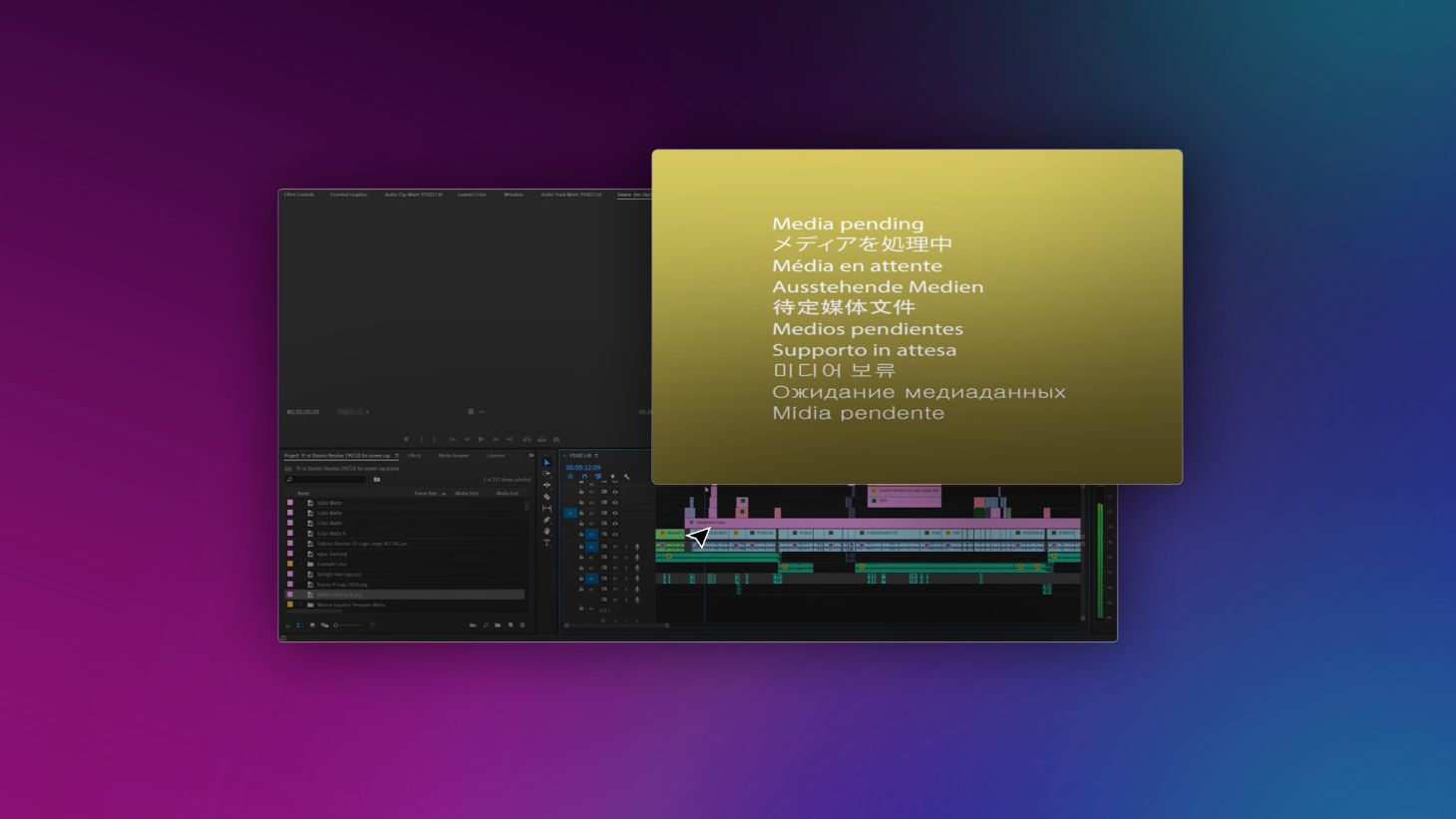


It’s probably best to import open captions or open subtitles as a Timed-Text Markup Language (.TTML) file. Instead, you’ll only get asterisks or “blocks” on your screen. However, unless your imported subtitles have specific encoding, it won’t show in Adobe Premiere Pro during playback. Complications with Foreign Characters in Subtitlesįor the most part, captions save as “text” files. If you have multiple subtitle groups, it’s not recommended to set all captions and subtitles to one particular stream. For instance, in Adobe Premiere Pro, there are four available channels within CEA-608: Yet, ensure your captions are set to the appropriate channel or format. If you need to add text or adjust any fonts, colors, times, or positions, they’re all enabled. You see from the imported example, German subtitles are available for edit on the screen’s left side. We use Premiere to assemble the shows, so it must play properly there.Double-click desired text in the Sequence section, and the highlighted captions will appear in the editor.

It completely depends on your hardware, the media, the effects you have on your timeline, and whether or not you have GPU-acceleration enabled. Do not use QuickTime Player to preview your movie. /t5/premiere-pro-discussions/sequence-render-in-to-out/m-p/9363358M101458 There is no ratio.
PREMIERE PRO 2017 RENDER SEQUENCE MOVIE
Important: When exporting has finished, Import your final movie back into Premiere and watch it all the way through to be sure it’s correct. When ready, click Export to render your movie. Name your file with your name, a dash, then your film title.Įxample: Walt Disney – Steamboat Aloysius.mov (For example, if your film is 2 minutes long, make sure you have at least 6 GB of space.)
PREMIERE PRO 2017 RENDER SEQUENCE FREE
The number on the right tells you how long your final movie will be (we don’t count frames – only seconds).Ĭlick on Output Name to name your movie and choose the location to save it to.Ĭreate a new folder on a local drive that has at least 3GB of free space available for each minute of your finished film. In the Audio tab, make sure the settings are as follows:īelow the video preview, set Source Range to Sequence In/Out. ProRes 422 HQ video settings – Width and Height are unlinked


 0 kommentar(er)
0 kommentar(er)
